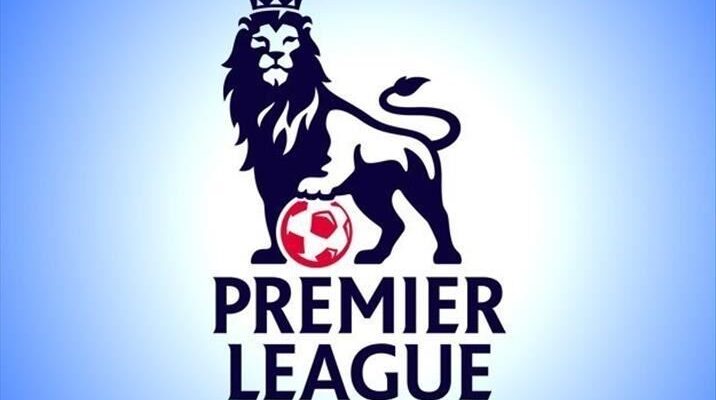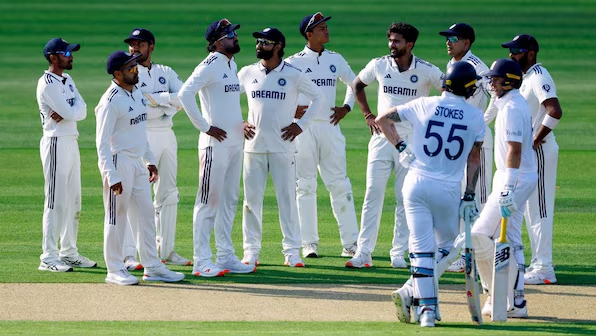The English Premier League (EPL) has long been hailed as the most competitive and lucrative football league in the world. In 2025, its dominance has only deepened — with record-breaking revenues, unparalleled global audiences, and unmatched player talent.
But as its international footprint grows, experts ask: Can the EPL maintain its global edge, or will rising competition from Europe, the U.S., and Saudi Arabia threaten its supremacy?
EPL’s Unmatched Global Reach
-
Broadcast Reach: Matches are aired in over 200 countries, with an estimated 1.5 billion fans worldwide.
-
Digital Growth: Streaming services and social media have expanded EPL access beyond traditional TV.
-
Revenue Powerhouse: EPL clubs generated over £7 billion in revenue in 2024/25, eclipsing La Liga and Serie A combined.
The league’s global presence is cemented not only by its games but by pre-season tours in Asia, Africa, and the U.S.
The “Competitive Balance” Factor
Unlike some leagues dominated by one or two clubs, the EPL thrives on unpredictability:
-
In the last five seasons, four different clubs have won the title.
-
Mid-table teams like Aston Villa and Brighton regularly challenge the top six.
-
Relegation battles remain fierce, drawing as much attention as title races.
This competitive balance keeps fans engaged across all 20 teams — a key factor in the EPL’s global appeal.
Financial Firepower
-
Broadcast Deals: The EPL’s domestic and international TV rights are worth £10 billion for 2025–2028.
-
Sponsorships: Clubs attract mega-deals from global brands, boosting commercial strength.
-
Player Transfers: The EPL accounted for nearly 40% of global transfer spending in the last window.
This financial might enables clubs to sign the world’s best talent, from Erling Haaland to rising stars out of South America and Africa.
Rising Challenges
-
La Liga & Serie A: Struggling with debt but still home to legacy clubs like Real Madrid, Barcelona, and Juventus.
-
Saudi Pro League: Splashing cash to attract global stars, threatening EPL’s monopoly on superstar talent.
-
Major League Soccer (MLS): Growing fast with players like Lionel Messi boosting global visibility.
While none have matched EPL’s consistency yet, the gap could narrow if the EPL’s growth plateaus.
Cultural & Social Impact
The Premier League has become a global cultural export:
-
English clubs dominate social media engagement.
-
Football tourism in the UK is booming, with fans traveling from Asia, Africa, and the Americas.
-
The league’s diverse mix of players has made it a symbol of international football unity.
The Future: Can EPL Stay Ahead?
To maintain its edge, the EPL must:
-
Sustain competitive balance across clubs.
-
Adapt to new technologies like AI-driven fan engagement and VR broadcasts.
-
Address challenges like fixture congestion and player welfare.
Experts say the EPL is well-positioned but cannot afford complacency.
“The Premier League isn’t just a league — it’s a global entertainment empire. Its challenge now is staying fresh and relevant in a fast-changing world,” said Mark Hughes, sports economist at London School of Business.
Conclusion
The English Premier League remains the gold standard in world football, combining star power, financial dominance, and unrivaled competitiveness.
But with rivals like Saudi Arabia and the U.S. gaining traction, the question isn’t whether the EPL is on top — it’s whether it can hold its crown in the next decade.
FAQs
Q1: Why is the EPL the most popular league in the world?
Because of its competitive balance, global broadcasting, star players, and financial power.
Q2: How much revenue does the Premier League generate?
Over £7 billion annually, making it the richest football league worldwide.
Q3: Who are the EPL’s biggest rivals?
La Liga, Serie A, Saudi Pro League, and Major League Soccer (MLS).
Q4: What could threaten the EPL’s dominance?
Rising foreign leagues, financial mismanagement, or fan fatigue from fixture congestion.

